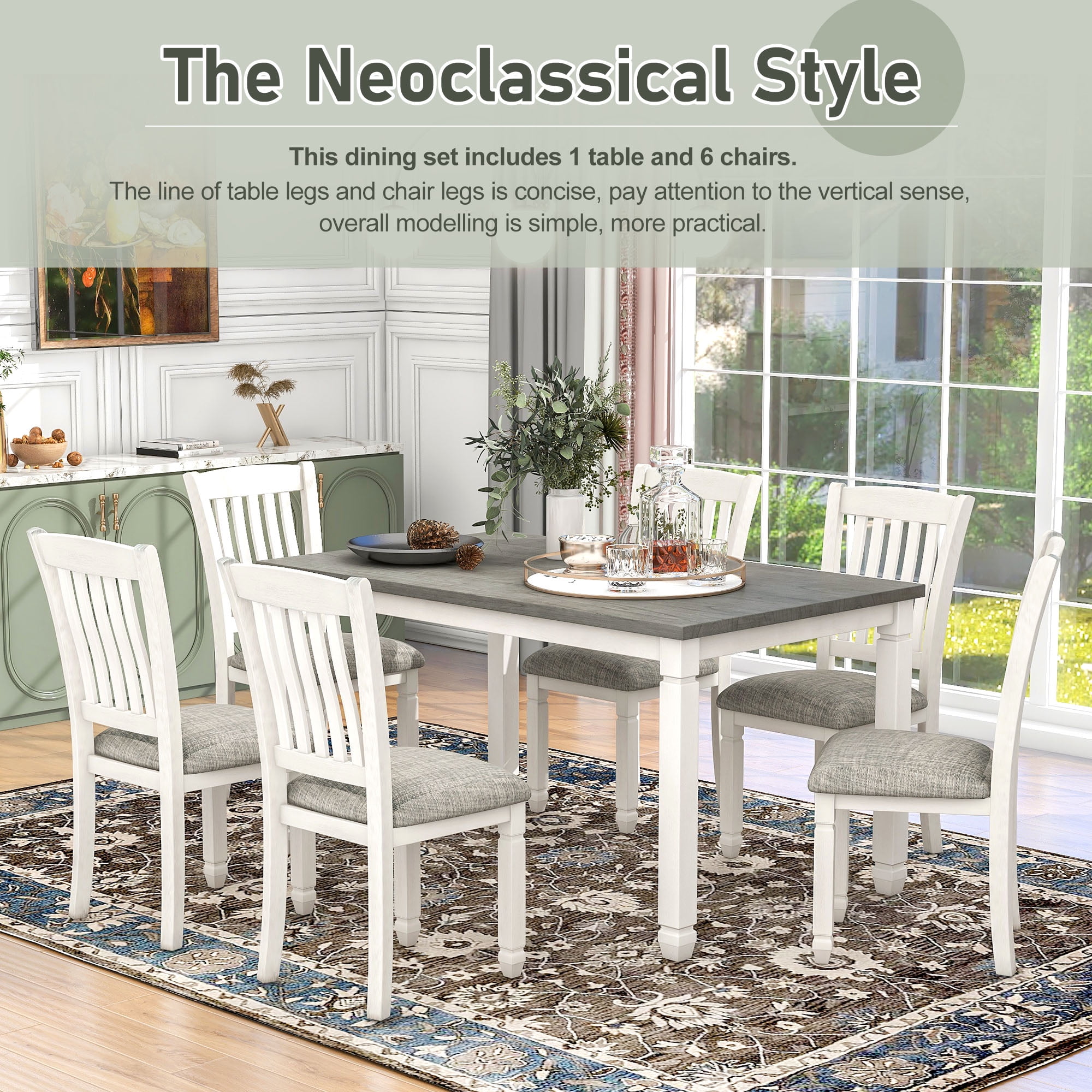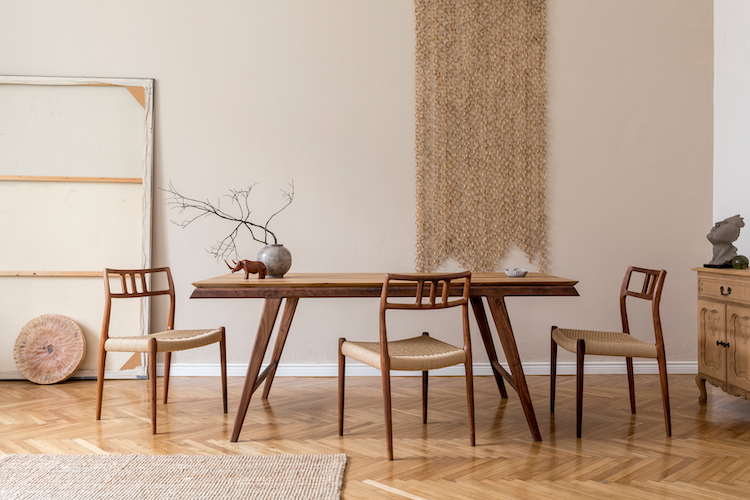Simple Steps to Replacing Old Dining Room Table Legs with New Ones
Simple Steps to Replacing Old Dining Room Table Legs with New Ones
Blog Article
From Standard to Modern: Discover the Ideal Dining-room Table Legs for Your Design
The selection of eating space table legs plays an essential function in specifying the general personality of your room, linking the gap between traditional workmanship and contemporary aesthetic appeals. While classic designs such as cabriole and transformed legs evoke a feeling of timeless refinement, contemporary designs like hairpin and geometric options provide a chance for striking visual interest. Assessing the right equilibrium in between these styles needs a nuanced understanding of your existing decoration and personal preference. As you consider these components, the concern stays: exactly how can you seamlessly integrate these diverse leg styles to create an unified eating experience?
Understanding Table Leg Styles
The variety of dining-room table leg designs can substantially influence both the looks and performance of the space. Each leg design contributes one-of-a-kind sensible functions and aesthetic components, providing to diverse style preferences and usage requirements. Comprehending these designs is critical for choosing the right table that lines up with your general interior style vision.
As an example, tapered legs supply a tidy, timeless appearance that can improve an area's elegance, while pedestal bases provide security and maximize legroom, making them ideal for smaller rooms. Barrette legs, a characteristic of mid-century modern-day style, present an industrial panache, permitting for a ventilated, open feeling. Likewise, trestle legs stimulate rustic appeal, supplying robust support and a sense of eternity.
Wood legs can bring heat and texture, whereas steel options often share a streamlined, modern vibe. Inevitably, understanding table leg styles is essential for developing a natural dining location that reflects individual style while making sure usefulness and convenience.
Typical Table Leg Options
When selecting dining room table legs, conventional choices frequently embody timeless elegance and workmanship. These layouts reflect an abundant heritage and a dedication to quality, making them suitable for those that appreciate classic visual appeals.
Among the most legendary standard leg styles is the cabriole leg, characterized by its elegant bent shape. This layout often features attractive makings and is most frequently discovered in Queen Anne and Chippendale furniture. An additional prominent option is the transformed leg, which flaunts a series of smooth, rounded shapes that supply a classic appearance while preserving security.
Furthermore, the straight leg, while straightforward, supplies a unadorned and sturdy structure that can mix flawlessly with a range of tabletop styles. For those drawn to ornate detailing, claw-and-ball feet legs stimulate a feeling of splendour and can work as a spectacular centerpiece in any type of dining space.
Lastly, stand bases, although not purely legs, supply a different typical choice that permits sufficient legroom and can be wonderfully carved. Each of these conventional leg styles adds to the general ambiance of a dining space, weding feature with visual appeal.

Modern Table Leg Layouts
Modern table leg styles supply a varied series of styles that emphasize tidy lines and innovative materials. These designs typically prioritize functionality while functioning as striking prime focus within an eating room. Minimal aesthetics are common, with legs crafted from materials such as steel, glass, and engineered wood, which contribute to a contemporary and airy feeling.
One prominent style is the barrette leg, defined by its slim, tapered framework that gives stability without frustrating the tabletop (dining room table legs). This design is often discovered in mid-century modern furnishings and can effortlessly match different table forms. An additional pattern is making use of geometric shapes, where legs might handle asymmetrical or angular kinds, content including aesthetic passion and a touch of artistry

Blending Designs for Distinct Rooms
Often, home owners look for to develop special eating spaces that mirror their individual style by mixing different style aspects. This approach enables for the consolidation of varied visual appeals, causing an unified yet unique environment. As an example, pairing a rustic wood table with streamlined, modern metal legs can develop a captivating contrast that boosts the room's general charm.
Additionally, integrating vintage table legs with modern table tops can evoke a feeling of history while maintaining a modern-day perceptiveness. Such combinations not only display individual preference visit our website however likewise urge imagination, enabling homeowners to curate a room that feels both individual and inviting.
Shade plays an important role in this mixing procedure; picking table legs that match or comparison with the existing color pattern can enhance visual interest. As an example, whitewashed legs can soften the boldness of a dark table surface, creating a balanced visual.
Tips for Choosing the Right Legs
Selecting the right table legs is important for accomplishing both functionality and visual charm in your eating area. Begin by considering the total design of your space. Typical setups gain from legs that include detailed makings or transformed designs, while modern rooms might call for streamlined, minimalist styles.
Next, analyze the elevation and security of the legs. dining room table legs. Typical table vary between 28 to 30 inches in elevation, so guarantee the legs enhance this dimension for comfort. Additionally, robust materials, such as wood or metal, can boost security and durability
Examine the leg shape too-- options consist of directly, tapered, or pedestal designs. Straight legs provide a traditional appearance, while tapered legs can include a touch of style. Pedestal bases provide enough legroom and are excellent for smaller rooms.
Conclusion
In summary, choosing the perfect dining area table legs calls for cautious consideration of both contemporary and standard designs. Traditional choices such as cabriole and turned legs supply ageless beauty, while modern-day styles like hairpin and geometric forms provide a modern touch. By harmonizing leg design, height, and product with the total decoration, a natural and inviting atmosphere can be accomplished. Ultimately, the selected table legs must reflect the desired visual, improving the eating experience go to these guys within the room.
The range of eating room table leg styles can substantially influence both the appearances and capability of the room. Inevitably, understanding table leg designs is necessary for producing a natural eating area that mirrors individual design while making sure usefulness and comfort.One of the most famous standard leg styles is the cabriole leg, identified by its elegant rounded shape. Straight legs supply a traditional look, while conical legs can add a touch of beauty.In summary, choosing the suitable eating area table legs needs cautious factor to consider of both standard and modern designs.
Report this page